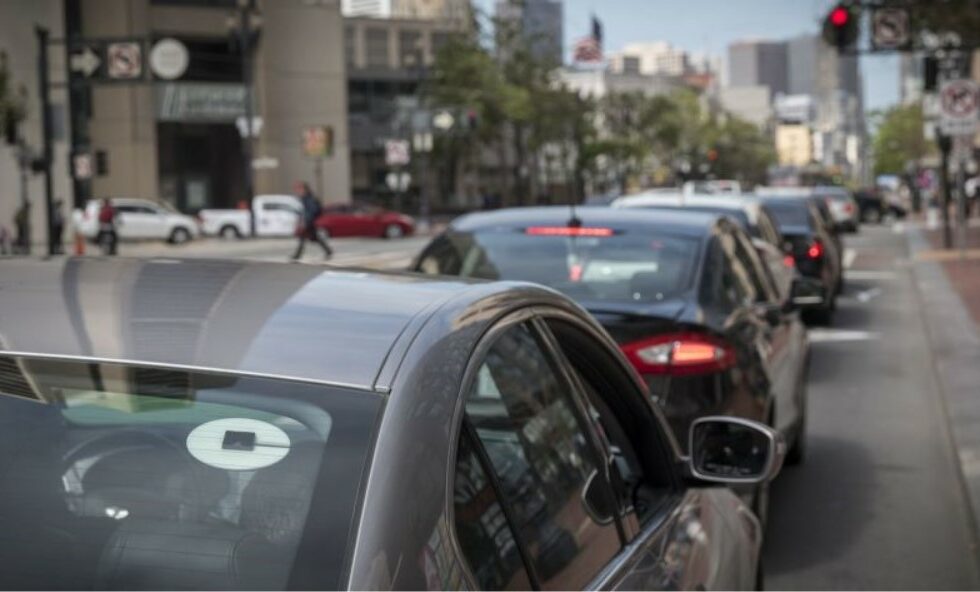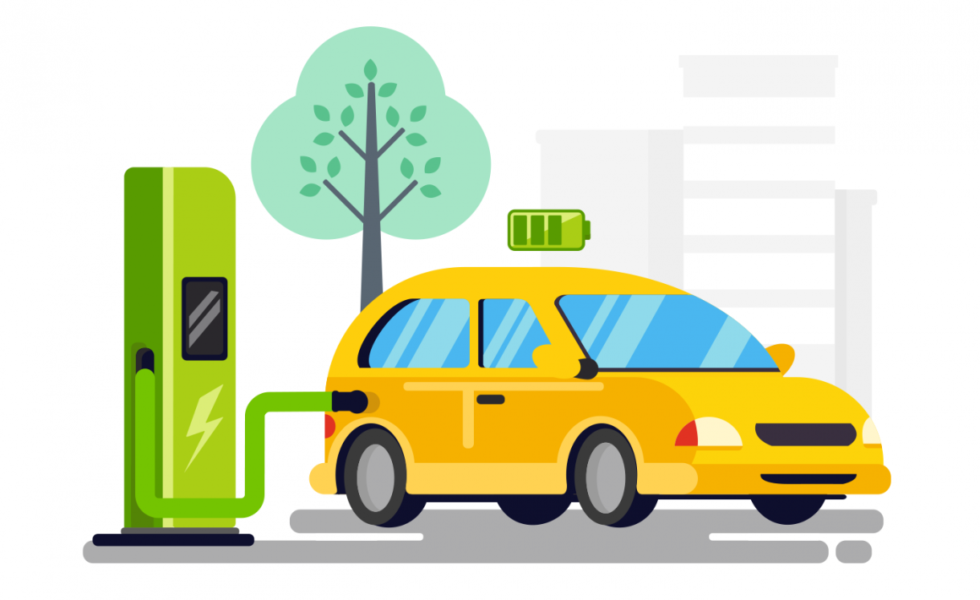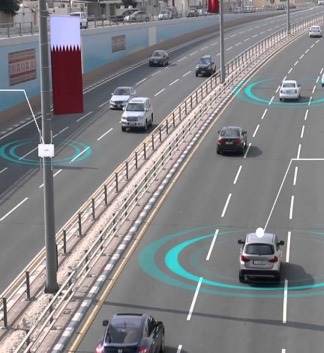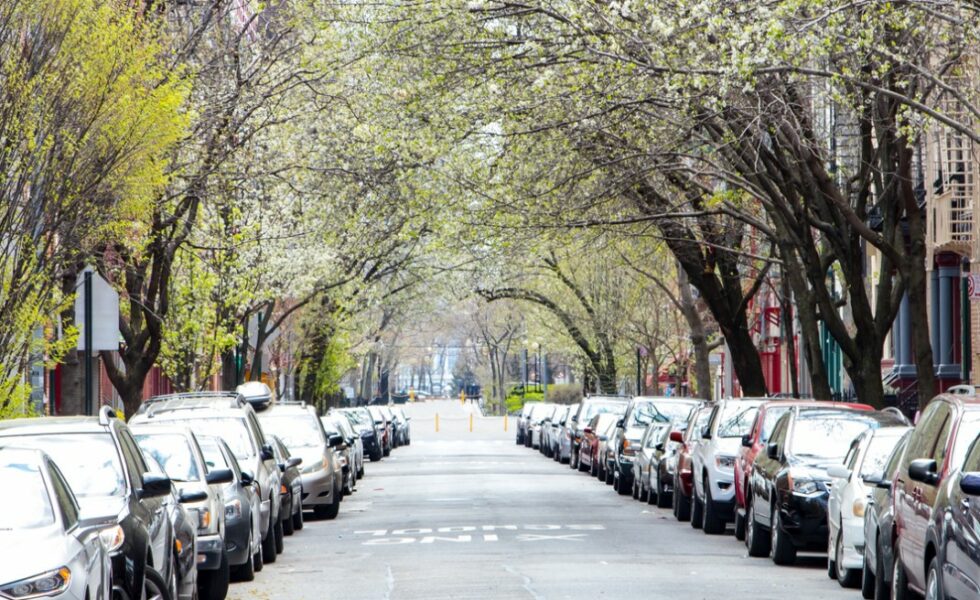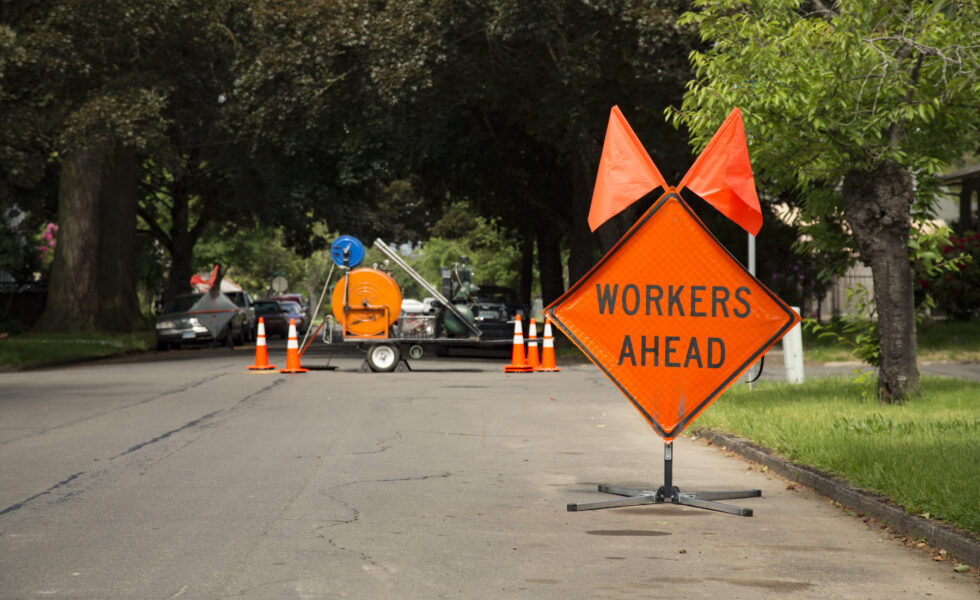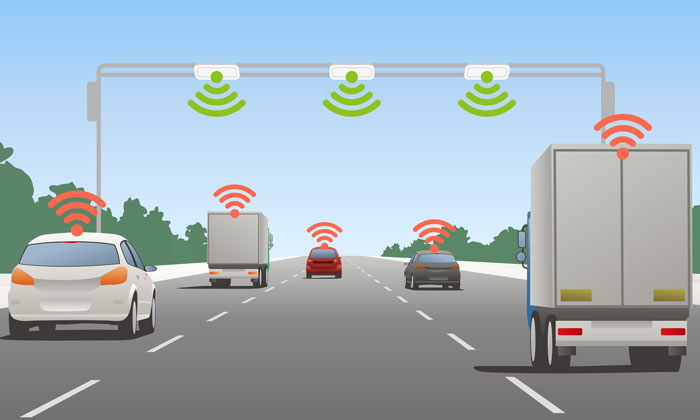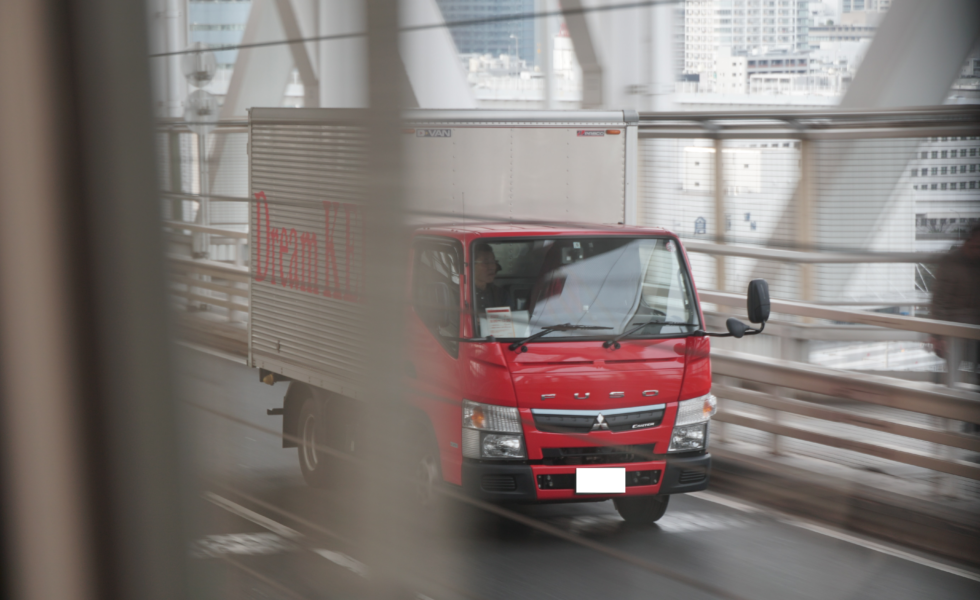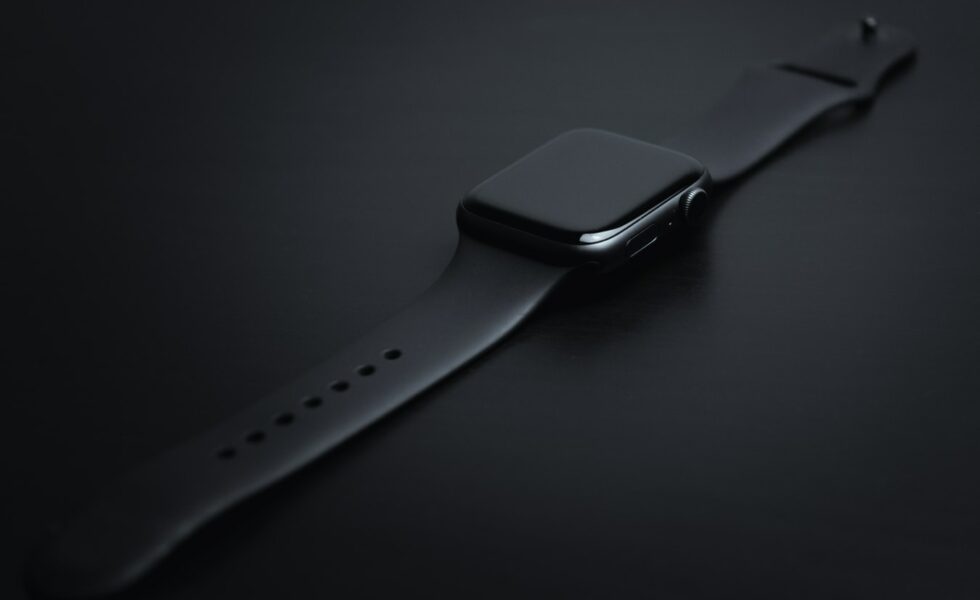Integrated Analytics and Visualization for Multi-Modality Transportation Data
This research project aimed to develop a data-driven approach for modeling cities, with a focus on pedestrian dynamics, which play a fundamental role in urban planning. It focused on detecting and counting objects such as pedestrians, cars, and bicycles in visual data sources that can provide insight into how people move around a city. The research team used an image database made up of tens of millions of images produced by Brooklyn-based start-up Carmera as its main data source.


